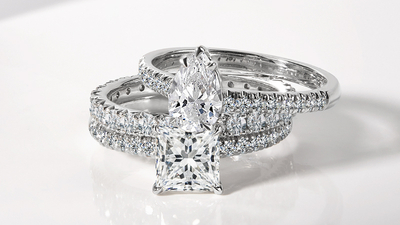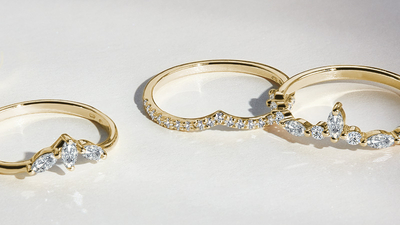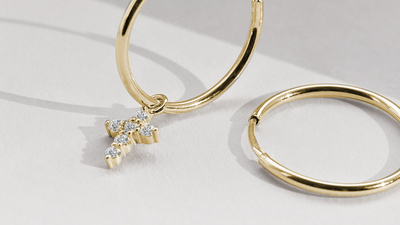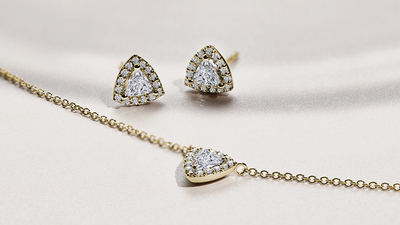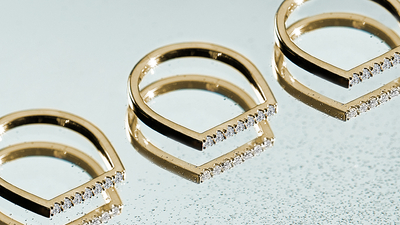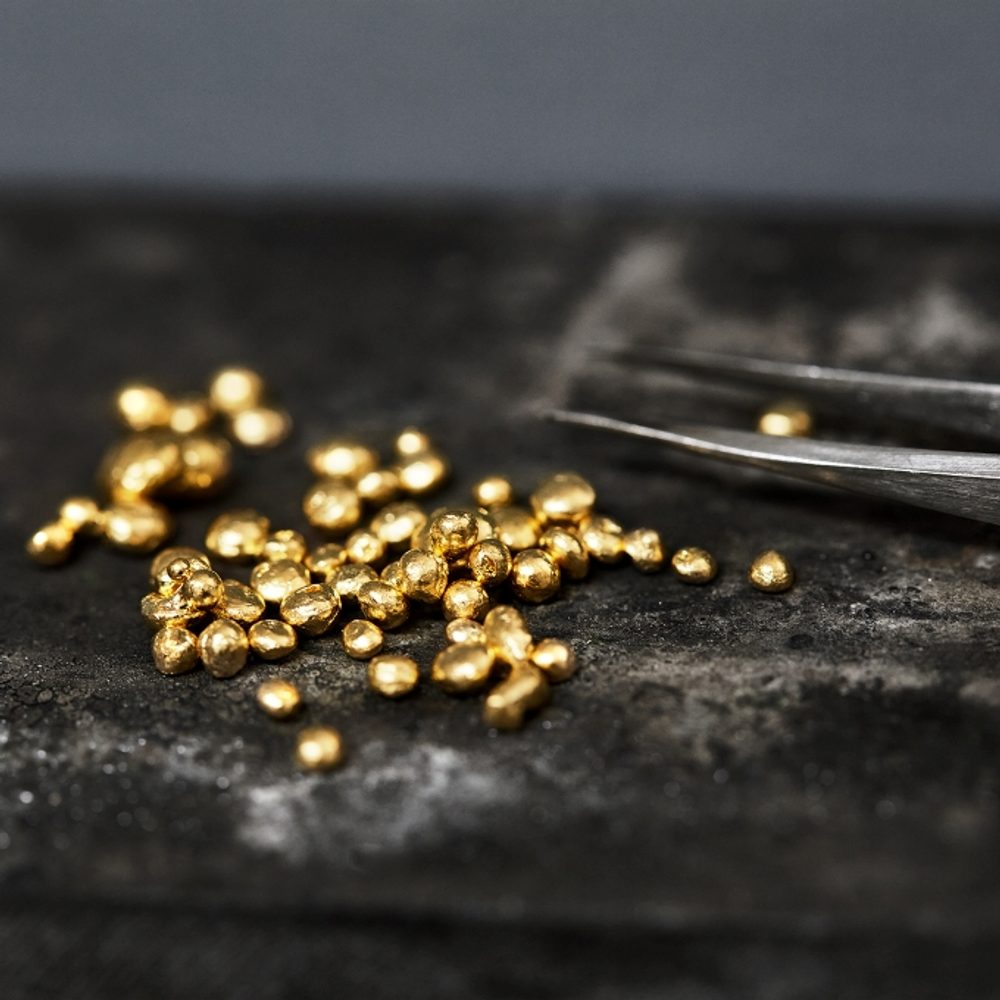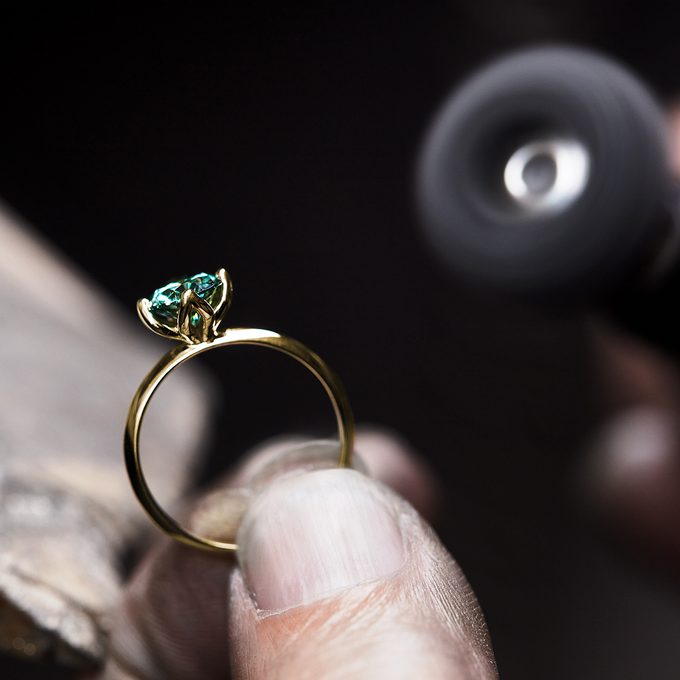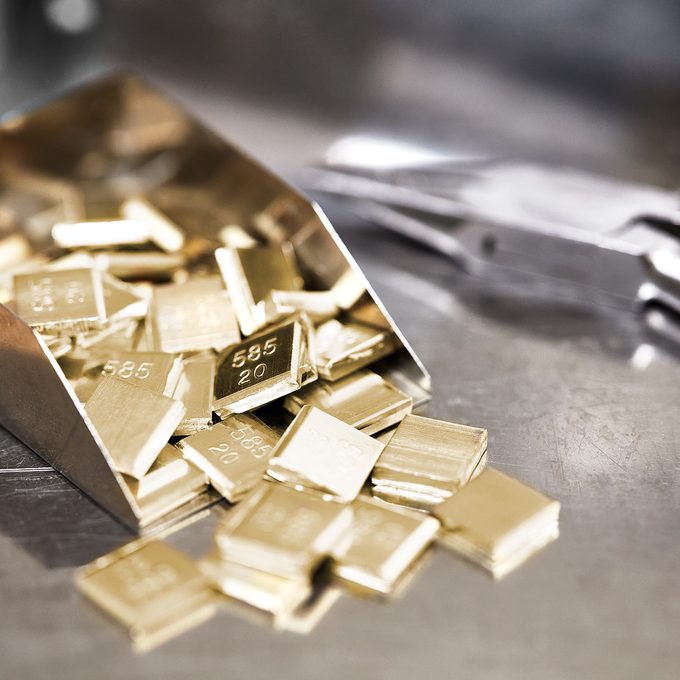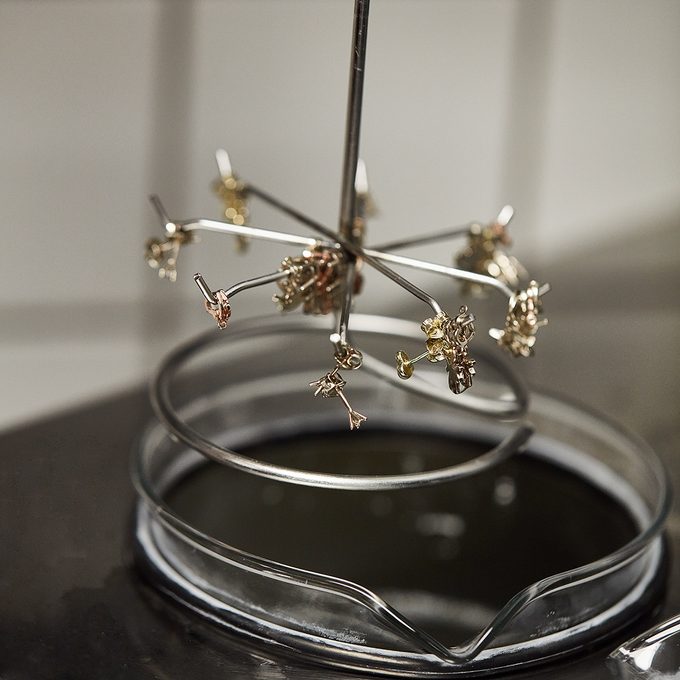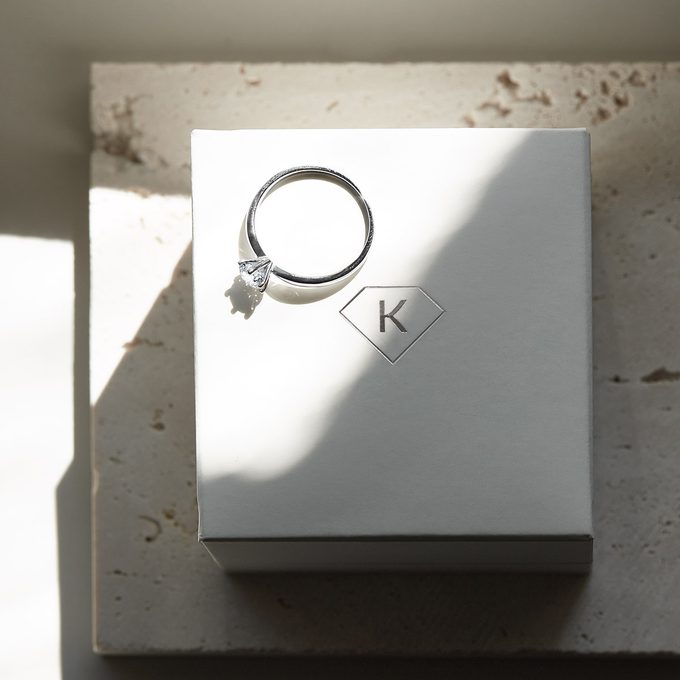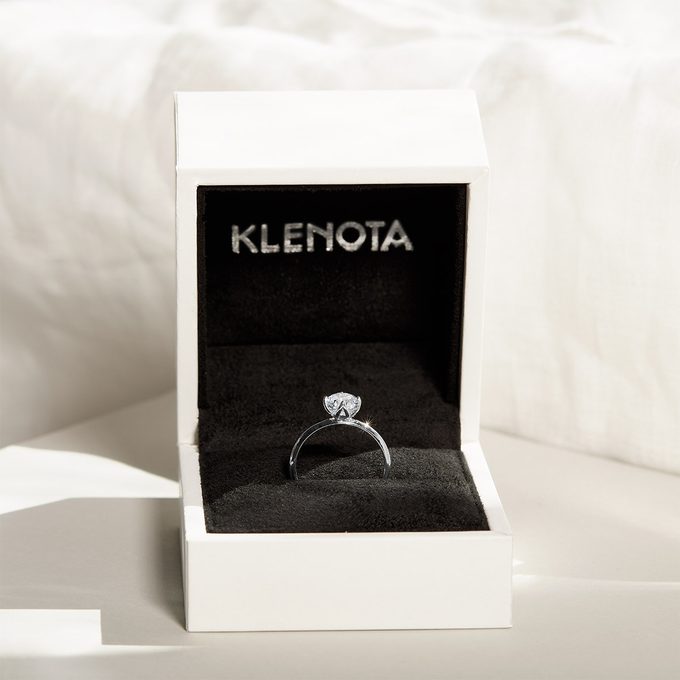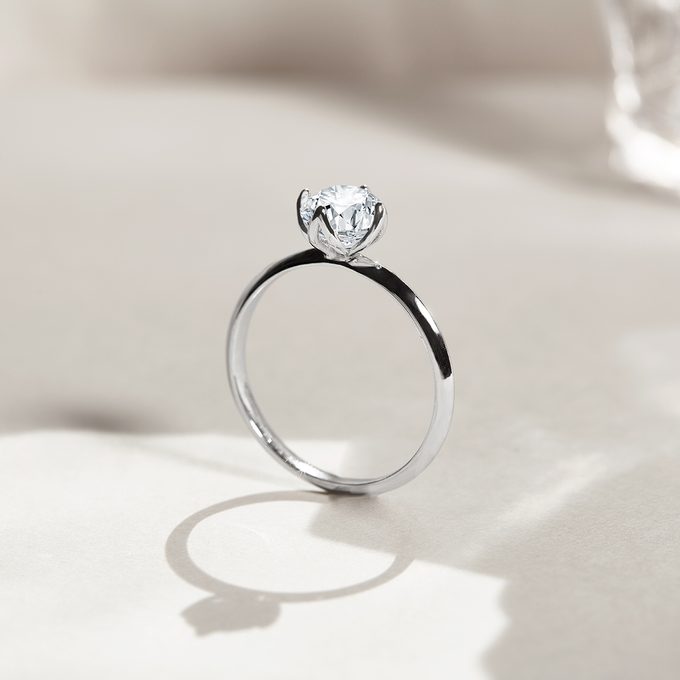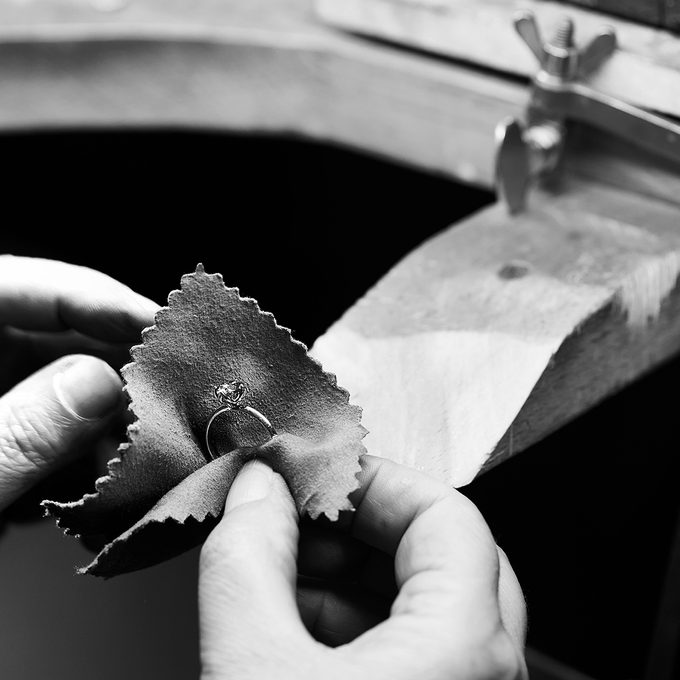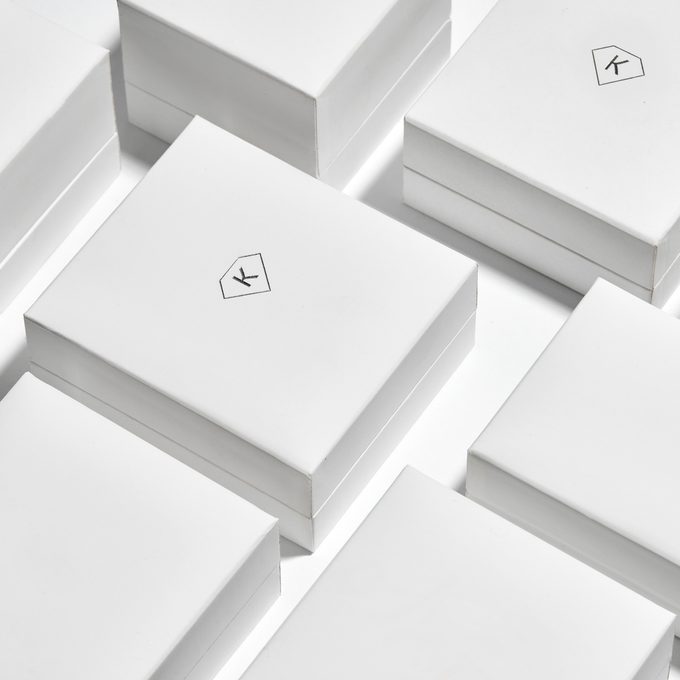Gold is a noble and precious metal and it is also a stable metal. So why is it that gold jewelry sometimes tarnishes, changes color and “maps” appear on it at times? And is there any way to prevent this? In this article, we will give you the answers to all these (and more!) questions.
Gold and its alloys
But first we need to clarify what gold actually is and what form it is used in when it comes to jewelry making. Gold in its pure form is 24 carats. It’s yellow and also very soft. This is why pure gold cannot be used in jewelry making, since the metal would easily deform and the jewelry would quickly get destroyed.
So when it comes to jewelry, gold is alloyed: it is diluted with other metals to form alloys. In this way, the gold is mixed with metals which partially impart their properties (color, hardness, etc.) on the alloy and make it more refined. The whole process is strictly controlled and other metals are added in precise proportions to ensure that the resulting alloy has a given purity. In the Czech Republic, the lowest permitted purity of gold alloy is 585/1000 (585 parts gold and 415 parts other metals) or 14 carat gold.
When it comes to yellow gold, silver and copper are the metals most used for alloying; white gold also contains zinc and, depending on the type, it can also contain nickel, palladium or manganese. Rose or red gold has a higher content of copper. Platinum is also alloyed with copper while silver is mixed with copper and zinc.
And it is these other metals that can oxidize and be responsible for the color changes on the surface of the jewelry. So, the lower the purity of the gold alloy, the higher the likelihood of oxidation.
Why do metals oxidize?
An alloy can undergo oxidation due to various substances and environments and this can manifest on the metal as dull, unsightly maps, blackening or surface discoloration. However, it may not always occur. Oxidization is usually caused by specific conditions that trigger corrosion. For example, it could be exposure to chemicals such as cosmetics or cleaning products.
For example, silver, which is also present in gold alloys, is quite sensitive to substances which we encounter in everyday life. It tarnishes when it comes into contact with sulfur, chlorides and oxygen, and it also doesn’t like humidity. Copper is similar. And where do we encounter these substances? Virtually everywhere: human sweat contains sodium chloride while some foods such as onions are rich in sulfur and vegetable and fruit juices are acidic and therefore aggressive to metals. And so the list goes on. Contact with all these substances is unavoidable. That's why it's important to clean your jewelry regularly.

What jewelry is at risk?
All jewelry comes under some form of pressure. Some more, some less, and each a little differently:
Rings are at risk of damage from manual work and damage from chemicals during cleaning or when putting on cosmetics or make up. On the other hand, unlike with other types of jewelry, they also get cleaned more often due to hand washing. However they also need to be dried properly.
With necklaces, the chains come under a lot of strain and therefore deserve more frequent care. If you have a favorite chain that you wear daily, you should definitely clean it regularly if you would like it to stay beautiful. This is because chains (and the backs of pendants) are exposed to sweat as well as various creams and perfumes.
Earrings are in a similar position and can come into contact with perfumes and hairsprays. They also tend to be exposed to sweat which is definitely not good for them. The component of earrings which comes under the most pressure is the post, the part which is hidden inside the ear piercing. Very often this is the section that gets discolored and therefore requires extra attention. You should take off and clean earrings which you wear often from time to time. In the same way, children's earrings should also be removed from the ears, cleaned and allowed to dry properly.
How to keep jewelry in the best condition
Oxidization is completely natural and certainly isn’t necessarily a sign of a poor quality alloy or even a fake piece of jewelry. However, it can be prevented with proper care and by following simple recommendations:
1) Do not expose your jewelry to cosmetic products. These contain chemicals that can be aggressive and react with some of the metals in the alloy. Perfumes, hair sprays and dyes, various creams, masks, make-up, lotions, soaps, etc. specifically come to mind here.
2) Do not expose jewelry to cleaning agents. If you are cleaning, your jewelry will definitely be better off away from these often very aggressive chemical substances. In addition to cleaning agents, protect your jewelry from other chemicals such as repellents or various disinfectants.
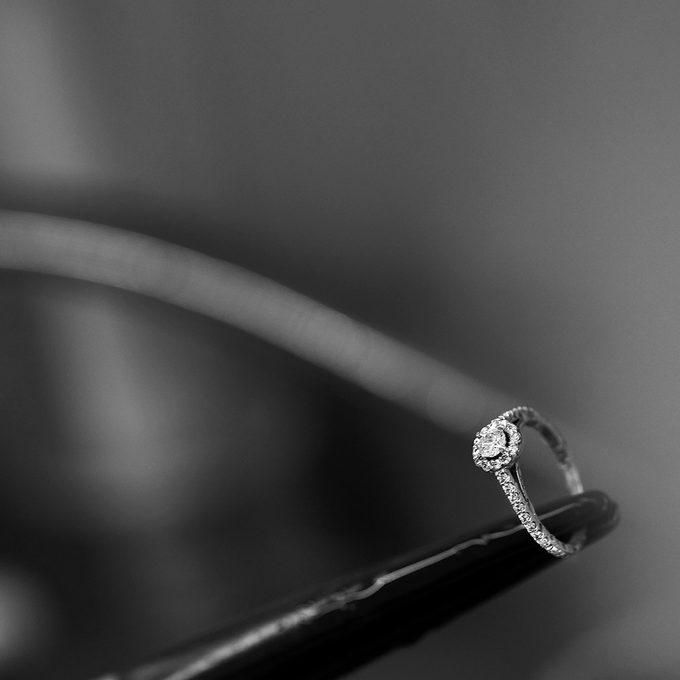
3) Don't wear jewelry when going swimming in the sea or in swimming pools. The water in swimming pools is highly chlorinated and the salts in seawater also don’t do your jewelry any good. But we recommend that you also take your jewelry off before a normal bath, shower or even sauna.
4) Jewelry deserves to be treated gently, but you should also take care when storing it. We recommend that you keep your jewelry in a jewelry box lined with a soft cloth. If you don't wear it daily, we recommend putting it in a small bag or adding a small packet of silica gel to it. This will prevent moisture, oxygen and other unwanted substances from getting inside. Alternatively, you could vacuum seal your jewelry.
You might find the last point a little too much, but it is not uncommon for the box in which the jewelry is sold and then stored to contain glue, and the padding material or even the cardboard itself can cause discoloration to the surface of the metals. Organic substances contained in the box or its components may also contain sulfur, chlorides, fluorides and other substances. These substances then become concentrated in the enclosed box and the jewelry loses its beauty. It has been proven that even one small sticker inside the box is enough to cause this undesirable change.
What if there is a reaction?
If you have an allergic reaction to an alloy or if your jewelry changes the character of its surface despite taking all precautions, all may not be lost. It happens occasionally that the skin reacts badly to a metal in an alloy which it comes into contact with. As to whether or not this happens is always very individual, since we are all different and we all have slightly different skin, or more accurately, we all have a different composition of sweat and sebum. The good news is that you don't have to get rid of your favorite piece of jewelry right away, instead, you can try the following.
If it concerns white gold or silver, check whether your jewelry is rhodium plated. It should have a beautiful bright, silvery white color. Pure silver is slightly more gray and white gold is slightly yellowish or grayish. If the jewelry is not plated or you are unsure, you can take it to your local jeweler for advice or to have it plated straight away. Rhodium is hypoallergenic and stable. It will protect your jewelry from oxidization and your skin from any allergic reaction. We always plate all KLENOTA white gold jewelry with rhodium.
If your skin doesn’t work well with yellow gold, it may help if you clean your jewelry with soapy or detergent water and dry it well after each wear. This will rid the jewelry of chemicals that would react with the metal, and it will reward you with lasting beauty. However, in the event of an allergic reaction, consult your doctor before putting the jewelry back on.
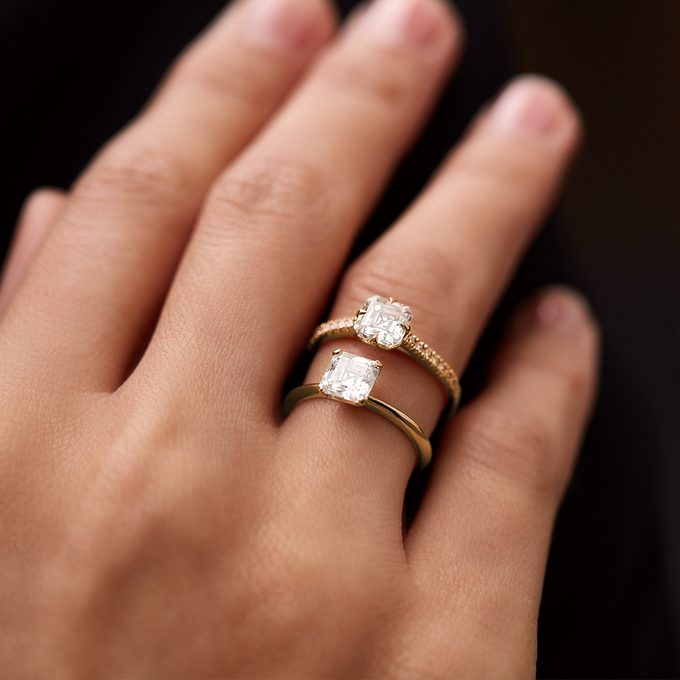
How do I clean my jewelry? Leave it to the professionals
Your jewelry can be as good as new again. The best way to restore its beauty is to take it to a jeweler. They will clean and polish the jewelry professionally. As part of our customer care, every piece of KLENOTA jewelry comes with free lifetime cleaning. Corrosive dirt on jewelry might not be easy to remove on your own. Moreover, you could easily damage your jewelry with improper handling.
If you still want to try cleaning your jewelry at home, you could try the following: gently polish your corroded jewelry with a special soft cloth designed for cleaning precious metals which you can buy in almost any jewelry store. If that doesn't work, you can use water with a bit of detergent in it. Stores also sell various solutions designed for cleaning jewelry. However we advise being extra careful if you decide to use them. If the dirty jewelry includes a gemstone, there is the risk of damaging it with the solution since some gemstones are very sensitive to chemicals. Also, the cleaning substance might be aggressive and make the corrosion worse. In a best-case scenario, it might clean the corroded surface, but the gemstone will still remain dull. In the end, you will still have to take the piece of jewelry to a jeweler to have it polished. This often happens when you use a silver cleaner, which you can buy at any drugstore. This solution contains ammonia, and while it will usually clean your silver jewelry, it will completely take away its shine.
When it comes to jewelry care, in the vast majority of cases you’ll genuinely save yourself time and trouble if you go straight to the professionals.
